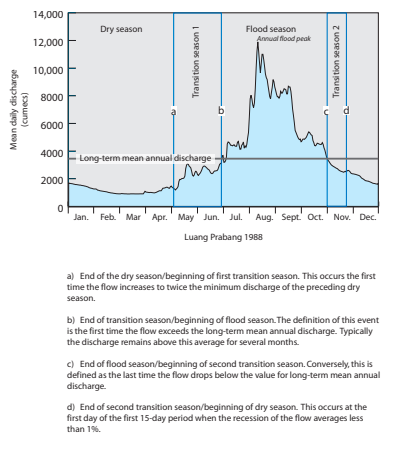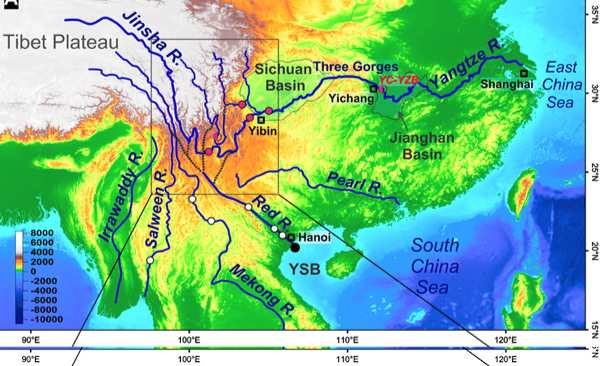From naked capitalism, July 20:
I’m afraid this is a post where I did indeed catch a bird, just not the one that I intended to catch. I had thought to write a post the Mekong River part of the biosphere (as with coral, mangroves, soil, and algae in Lake Erie) but as it turned out, all the recent news on the topic was polluted by a State Department propaganda operation (pause here to give the Administration and Secretary Pompeo credit for more subtlety than they usually display). So instead of going into any detail on the Mekong — from the poetic Thai and Lao mae khong, or “Mother of Waters” (river) “Khong,” and don’t @ me, Southeast Asian language mavens — I’ll pause to appreciate its beauty, give a brief description of it as ecological system, present the geopolitical situation, and then dive into the swirl of opinion generated by the State Department’s report. I’ll conclude with a brief description of how (some) NGOs conceive of the problem. (That means I won’t get to quote from this excellent article in the Financial Times on sand mining in the Mekong delta: “The Mekong Delta: an unsettling portrait of coastal collapse,” which you should go read if you’re interested in that part of the world[1].)
But first, the beauty part:....
*****
...The Mekong River Commission amplifies in “The Flow of the Mekong” (PDF):
By any set of measures, such as length, mean annual flow, the diversity of its plant and animal life or the size and diversity of the aquatic resources, the Mekong is one of the world’s great river systems. The livelihoods of 40 million of the basin’s inhabitants in some way involve fishing, and the tremendous power of its tributaries provides the economies of countries that share the basin income through the development of large-scale hydropower projects.Again, the Mekong’s key feature (“swells annually”) is the “flood pulse”:
Many of these water resources stem from the river’s regular ‘flood-pulse’ hydrological regime. This means that the seasonal pattern of flood and recession are predictable even though their magnitude and extent can vary significantly from year to year. The rich animal and plant life that comprise the river’s diverse ecosystems have evolved in tune with the seasonal hydrological cycle, as have the societies and cultures of the people who live beside it.The MRC provides a chart of the flood pulse; as you can see, it’s pretty big:

The flood pulse causes the extraordinary and unique reversal of flow in Tonle Sap, the enormous lake where the floating village (above) was located. Mekong Wonders once more:
The flood pulse is the beating heart of the lower Mekong River and its tributaries. The flood pulse is a seasonal pattern that occurs in response to monsoonal rains. Every year during the rainy season (June through October) the rivers, wetlands, and fields swell so much that the flow of the Tonle Sap River reverses and increases the size of the Tonle Sap Lake by 6 times its dry season size. Even at its dry season size (2,700 km2), the Tonle Sap Lake is the largest inland lake in Southeast Asia. The immense aquatic productivity that results from this globally-unique flood pulse is due to the diversity of land cover types and the presence of a unique freshwater mangrove belt known as the flooded forest that surrounds the Tonle Sap Lake. The annual cycle of flooding with its influxes of sediment and nutrients, combined with the habitat of the flooded forest, provides optimal conditions for the rearing of young fish. The flood pulse sustains the ecosystem and drives this enormously productive and diverse fishery that feeds 60 million people.This is such a wondrous system that I probably spent too much time on it! With that, let us turn to geopolitics. You will have noted that this wondrous system is dependent on the Mekong’s seasonal flow. Today, that flow has two charactertics. First, China controls the Mekong’s headwaters, which originate, together with the Irrawaddy and the Saleween, in the Tibetan plateau[2] controlled by China:

Second, the Mekong is increasingly dammed, both within China, or further downstead in Cambodia and Laos, countries aligned with China........MUCH MORE
HT: FT Alphaville's Further Reading post, July 20